How to Change a Tyre
A 10-step guide to changing your car tyre.
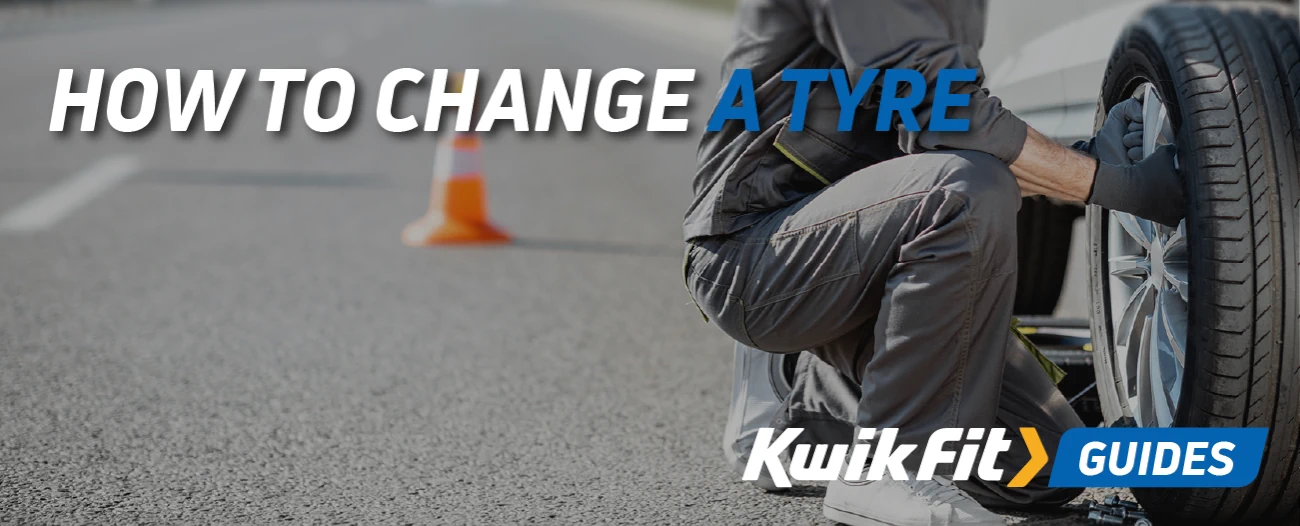
- Park on a flat surface. Turn off the engine and engage the parking brake.
- Turn on hazard lights and gather the relevant equipment and tools.
- Position wheel chocks, placing the chocks on the opposite wheel to the flat tyre.
- Loosen wheel nuts. Turn anti-clockwise until loose, but don't remove completely.
- Use a jack to lift the car until the flat tyre is six inches off the ground.
- Fully remove loosened wheel nuts and pull the old tyre off.
- Install the spare tyre by lining up holes with the wheel nut pattern, and hand-tightening the wheel nuts.
- Lower the car partially until the tyre touches the ground. Tighten the wheel nuts with the wrench.
- Lower the car completely. Remove the jack and do a final check of the wheel nuts.
- Check tyre pressure, either using a gauge or by visiting a garage. Get the damaged tyre repaired or replaced ASAP.
Changing a tyre, or more specifically changing a wheel, can seem like a daunting task, particularly if youíve never done it before. However, sometimes itís a necessity to make sure that you can get where you need to be safely. Whether youíre dealing with a sudden puncture on a busy road or a slow leak thatís finally left you stranded, knowing how to change a tyre is a crucial skill for any driver.
How long does it take to change a tyre?
It should take you around 30 minutes to change a tyre and get back on the road. if it's your first time or you're unfamiliar with the process, it could take a bit longer as you get accustomed to the steps involved.
Weather conditions can also significantly impact the time it takes to change a tyre. In good weather, you can expect the process to go smoothly. However, in adverse conditions such as rain, snow, or extreme heat, the task can become more challenging and time-consuming. Ensuring you have all necessary tools readily accessible and working in a safe, stable environment can help streamline the process, regardless of the weather.
Remember, the key to a quick and efficient tyre change is preparation. Regularly checking your spare tyre, keeping your tools in good condition, and familiarising yourself with your vehicle's jack points and procedures can make a significant difference in how quickly you can complete a tyre change when the need arises.
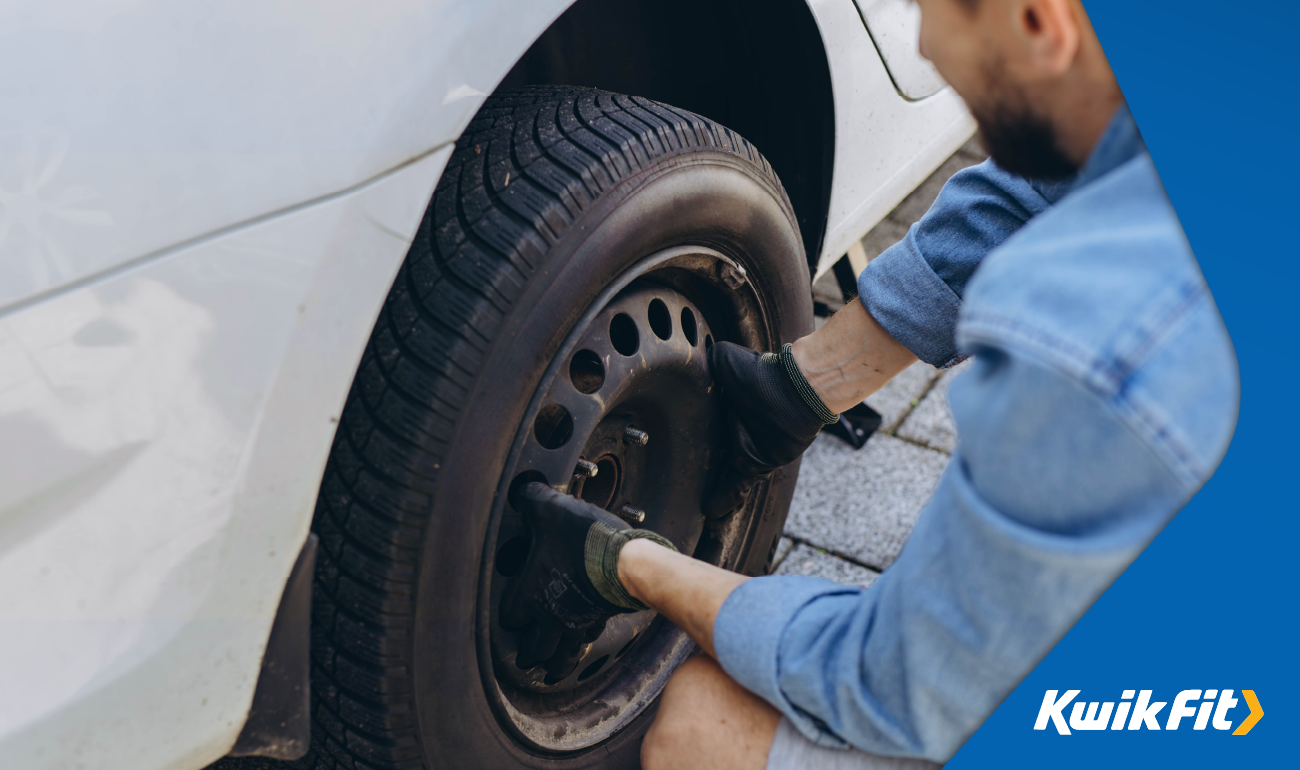
Can you change a tyre on the motorway?
You should never attempt to change a tyre if you feel that the environment is unsafe. You should assess the situation to determine whether you can change the tyre yourself or if you should call a breakdown service to do this for you.
If youíve broken down on the hard shoulder of a busy motorway it is very dangerous to change a tyre, even if you have someone there to keep a lookout. If you find yourself in this situation it is best to stand well back from the road and contact a breakdown service, using an emergency phone if possible.
Donít forget, if youíre ever worried about the condition of your tyres or fear experiencing a blow out, Kwik Fit offers a free tyre check service that could put your mind at ease.
Stay safe on the road with Kwik Fit
Changing a tyre might seem intimidating at first, but with the right tools and a step-by-step guide, it can be manageable even for beginners. Knowing how to change a tyre can save you time and hassle in an emergency and is an essential skill for any driver.
If you're unsure about the process or encounter difficulties, Kwik Fit is here to help. Our expert technicians can assist with all your tyre needs, ensuring your safety and peace of mind on the road. Give your local centre a call if you need an assessment or a new set of tyres!
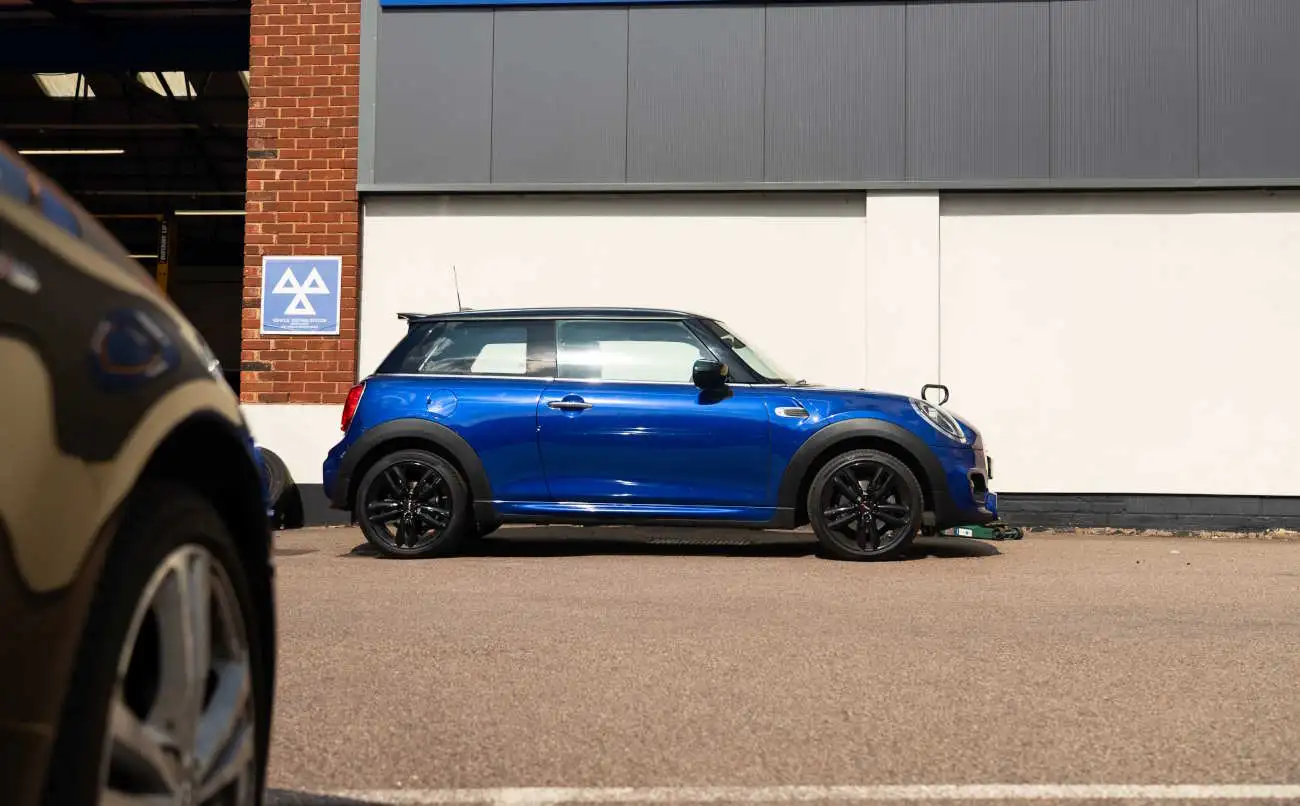
1. Park on a flat surface. Turn off the engine and engage the parking brake.
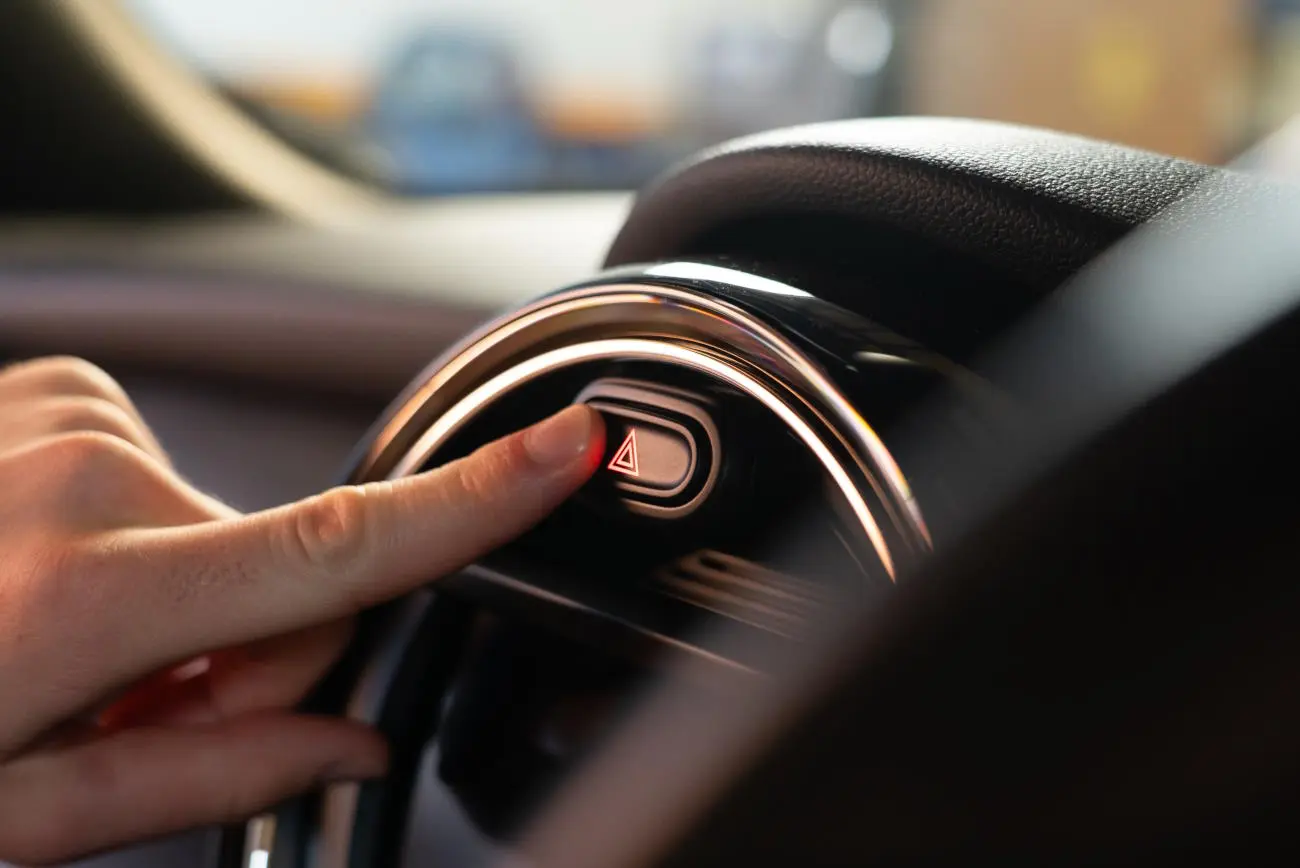
2. Turn on hazard lights and gather the relevant equipment and tools.
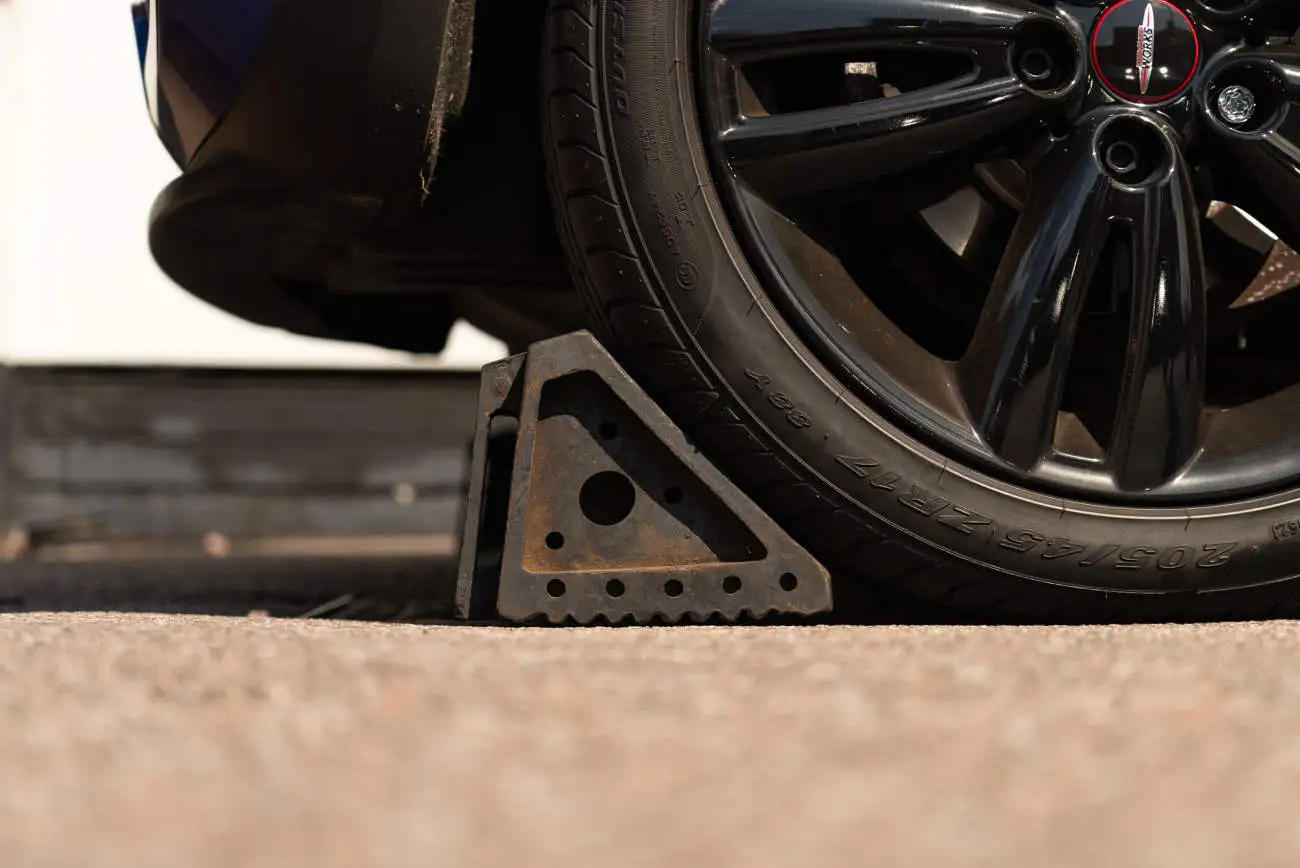
3. Position wheel chocks, placing the chocks on the opposite wheel to the flat tyre.
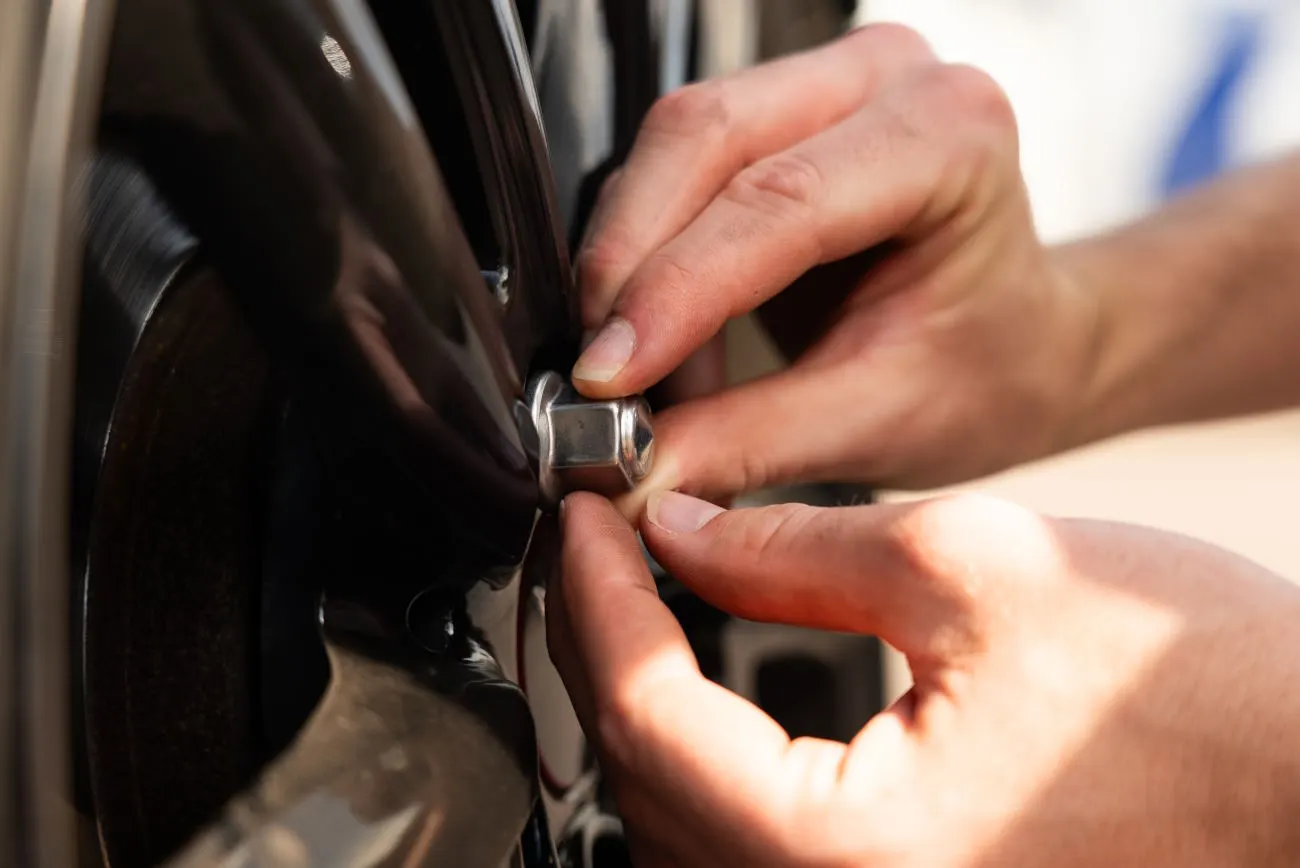
4. Loosen wheel nuts. Turn anti-clockwise until loose, but don't remove completely.
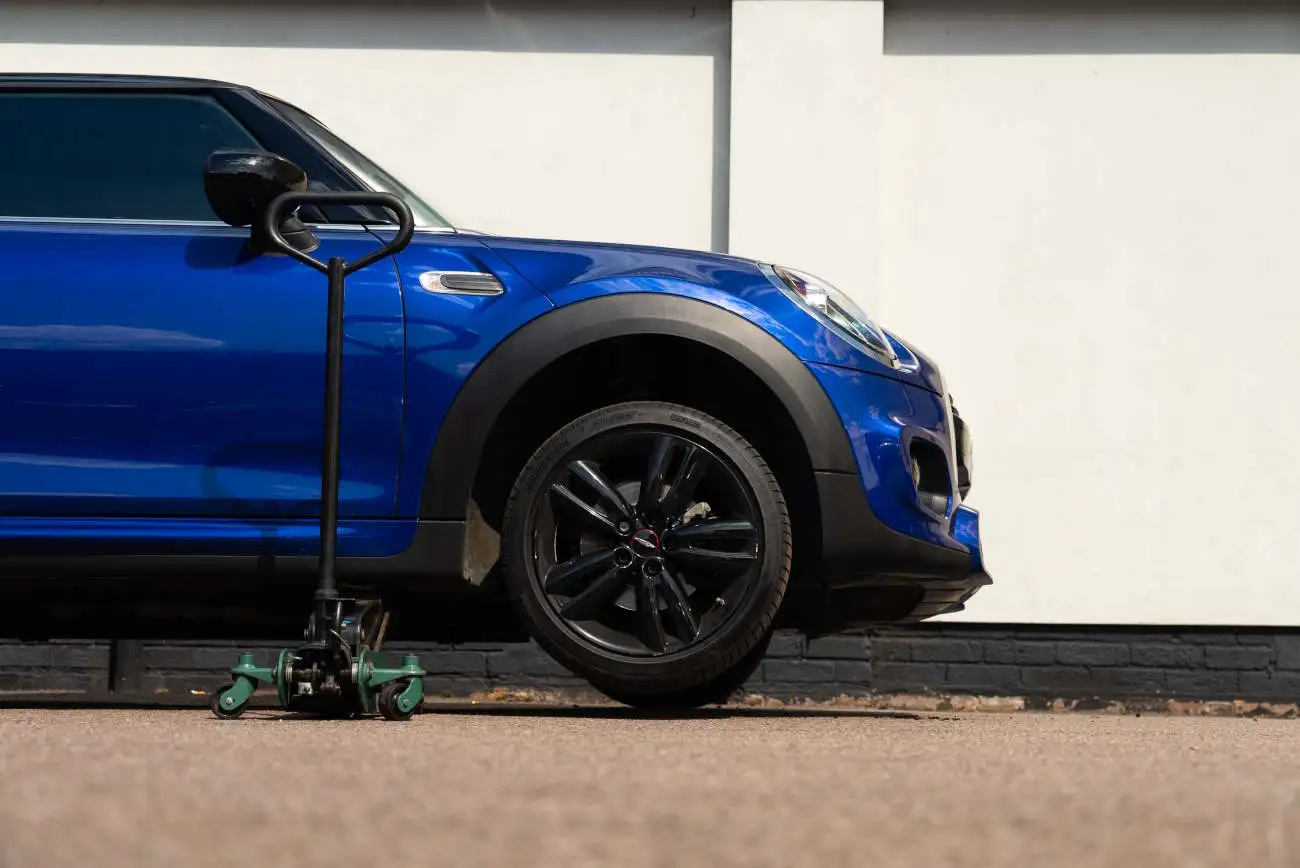
5. Use a jack to lift the car until the flat tyre is six inches off the ground.
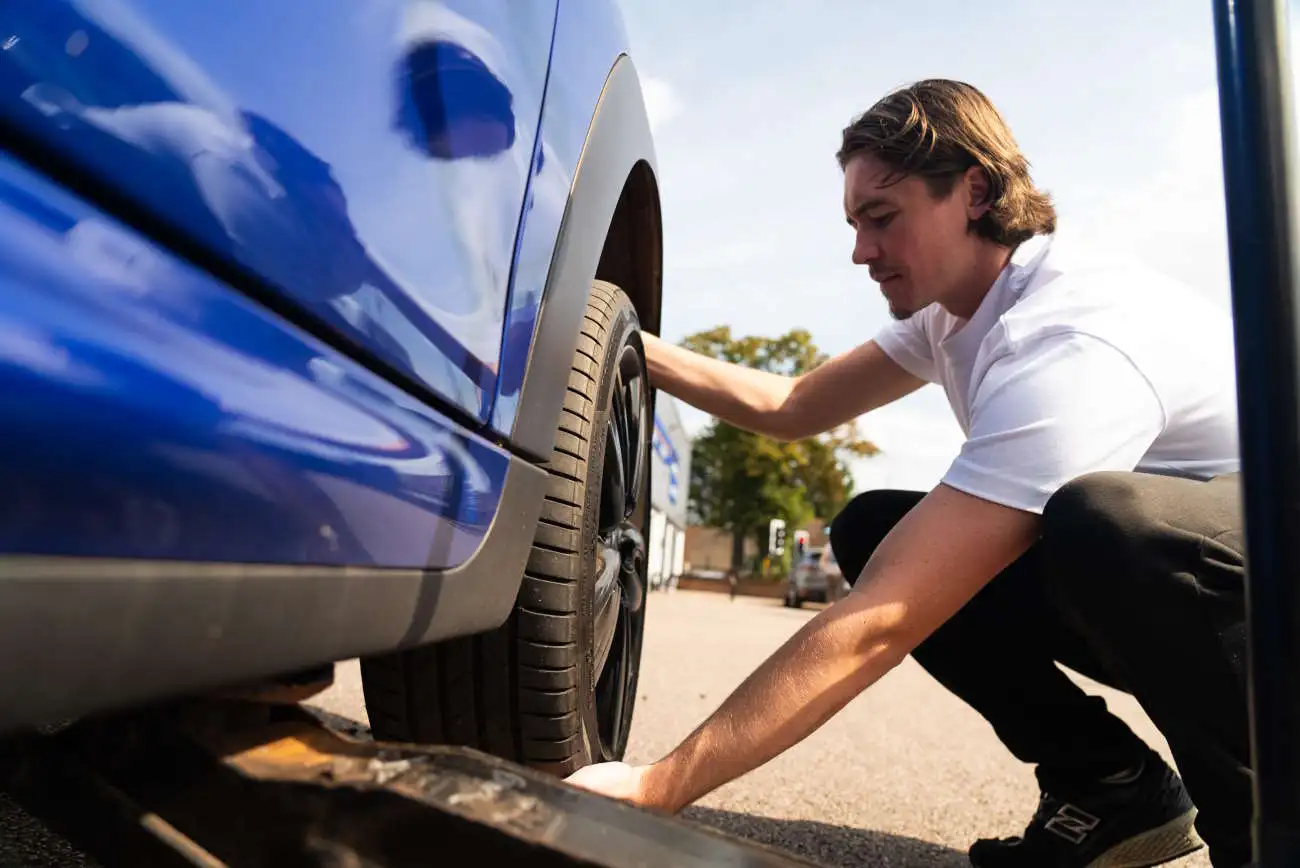
6. Fully remove loosened wheel nuts and pull the old tyre off.
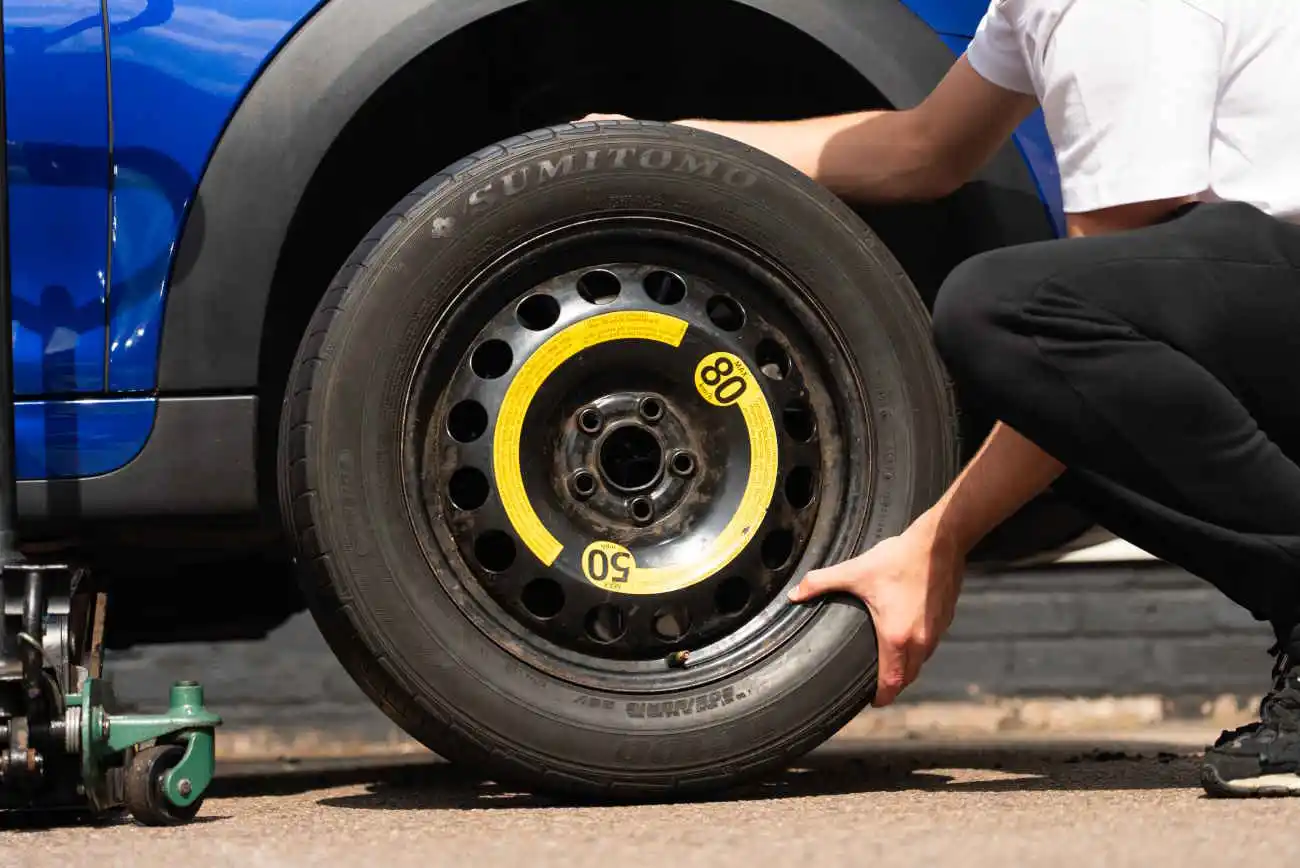
7. Install the spare tyre by lining up holes with the wheel nut pattern, and hand-tightening the wheel nuts.
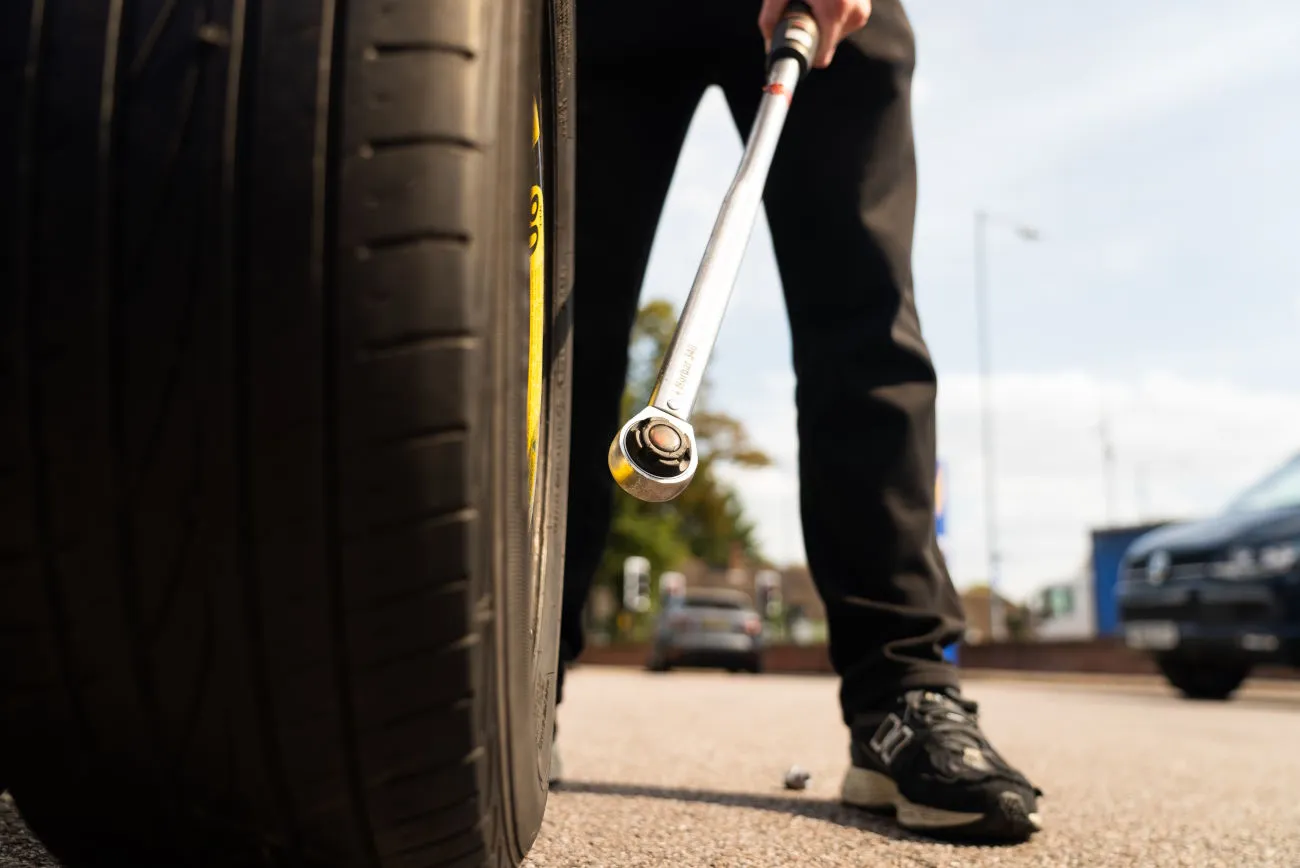
8. Lower the car partially until the tyre touches the ground. Tighten the wheel nuts with the wrench.
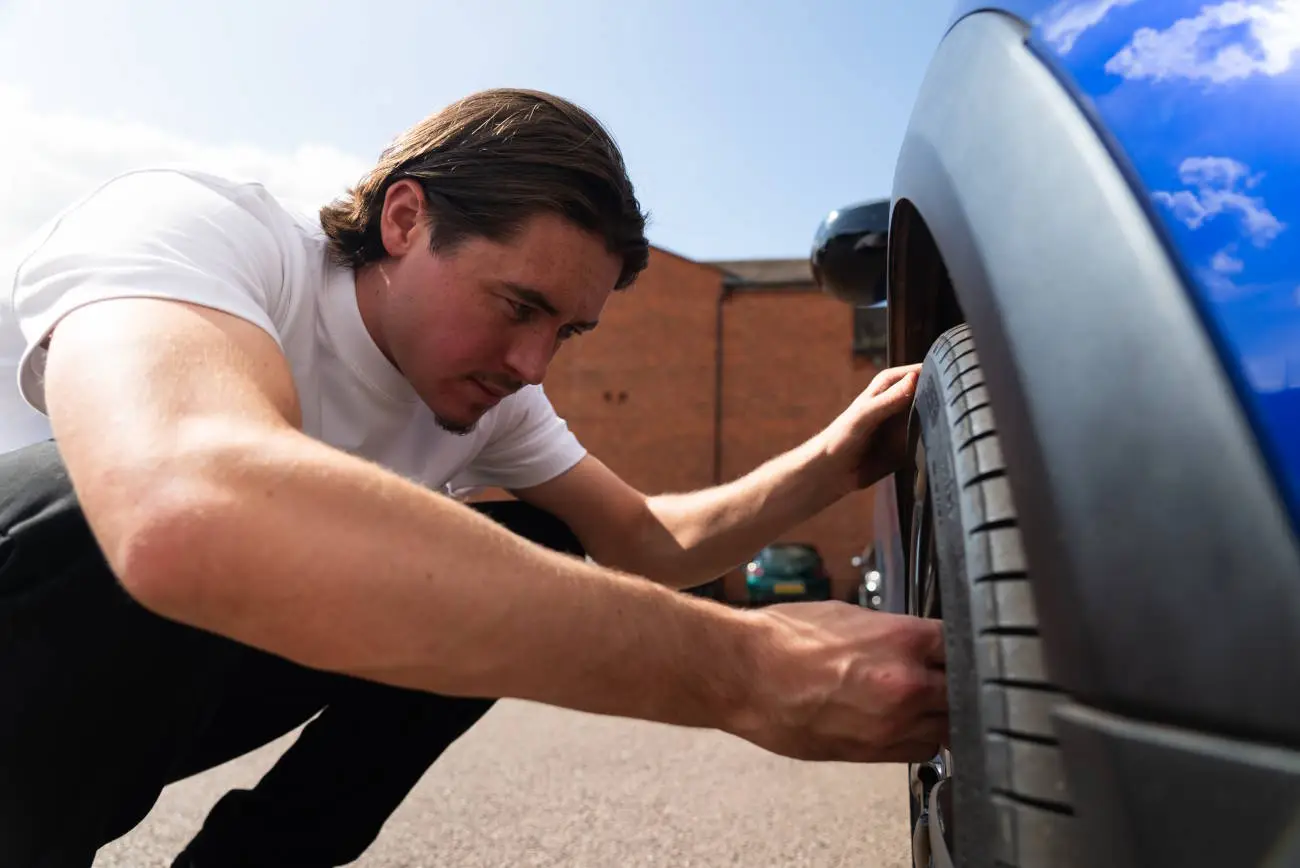
9. Lower the car completely. Remove the jack and do a final check of the wheel nuts.
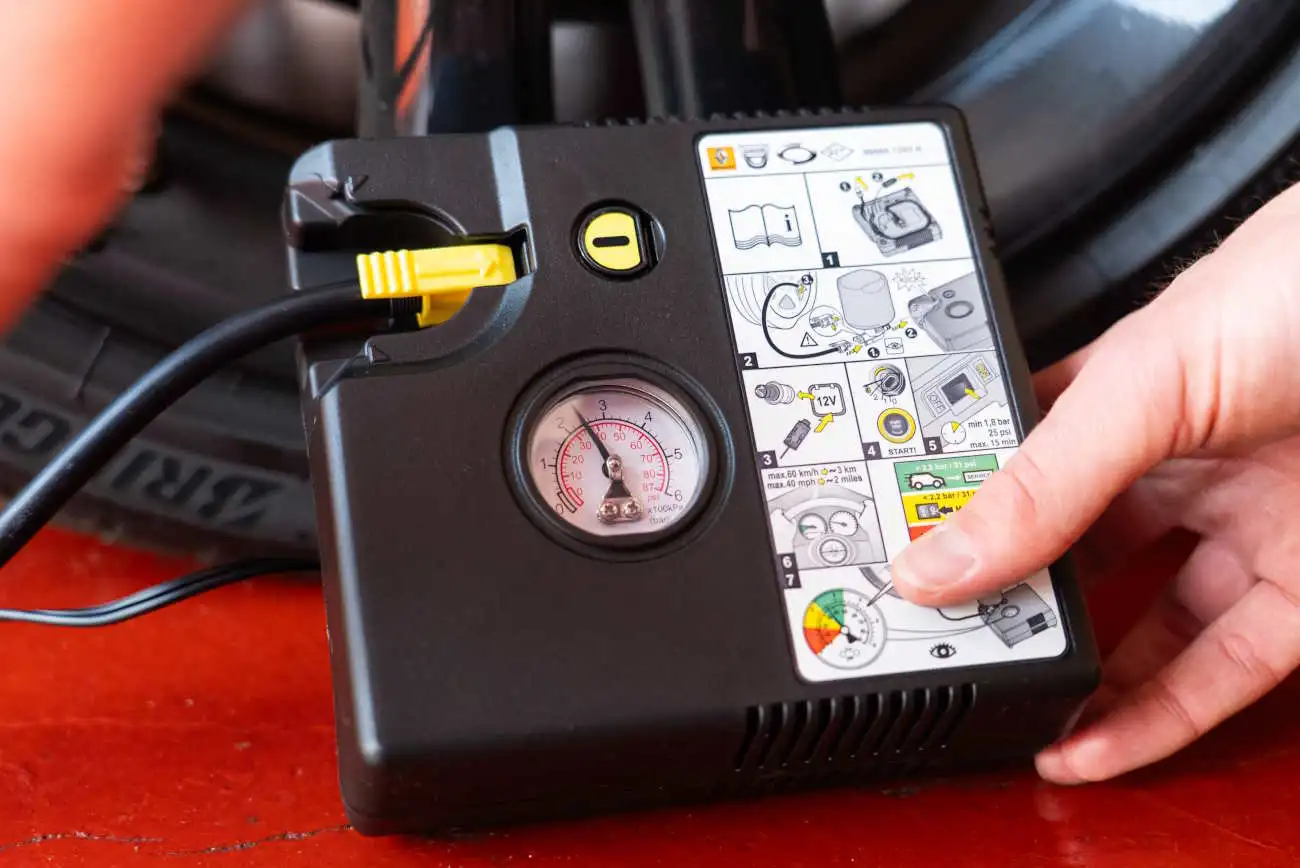
10. Check tyre pressure, either using a gauge or by visiting a garage. Get the damaged tyre repaired or replaced ASAP.






